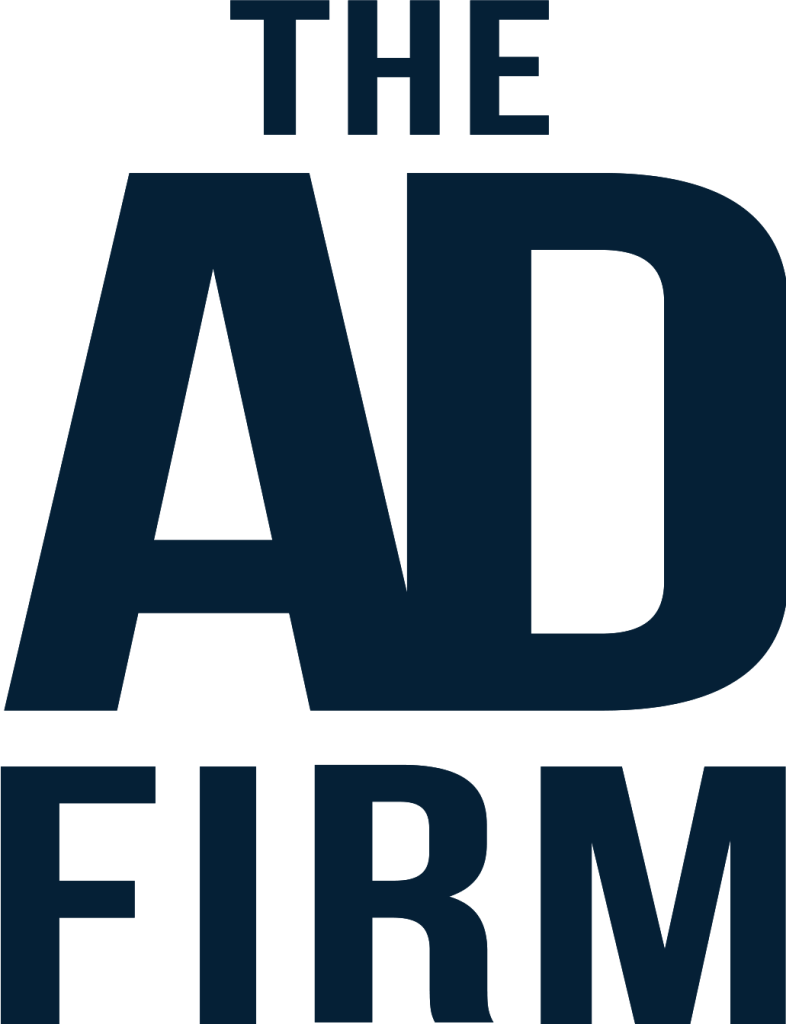Google’s March 2024 Core Update has significantly impacted the search engine landscape, affecting numerous websites. It’s essential to understand these changes thoroughly and take appropriate steps to mitigate any negative effects. This guide will provide clear, actionable advice on how to assess the impact, identify necessary changes, and effectively recover your website’s ranking and traffic.
Step 1: Diagnosing the Impact
Identifying how the Google Core Update has affected your website is the first crucial step. Use Google Search Console to track changes in traffic and rankings, and assess performance data to pinpoint drops in user engagement. This tool helps you understand which areas of your site need the most attention, whether it’s certain types of content, specific keywords, or particular pages that have lost their visibility.
After identifying the areas of your site that have been impacted by the March 2024 Core Update, conduct a thorough technical SEO audit to identify any underlying issues. This will help you understand what changes need to be made for better optimization and recovery.
Conducting a detailed technical SEO audit requires the right tools to identify and address site issues effectively:
- Screaming Frog: Use this tool to crawl your website and uncover a range of issues, including:
- Broken links that lead to 404 errors
- Slow-loading pages that could deter visitors
- Improper redirects that may confuse search engines and users
- Duplicate content which can affect your site’s SEO performance
- Google PageSpeed Insights: This tool evaluates your site’s loading times and provides specific recommendations to optimize speed, such as:
- Minimizing the size of images and scripts
- Leveraging browser caching
- Improving server response time
- GTmetrix: Analyze your website’s performance further with GTmetrix to get insights into:
- Page load details
- Recommendations for improving performance based on various metrics
- Historical performance data to track progress over time
- Moz Pro: Utilize Moz Pro for deeper SEO insights, including:
- Page optimization suggestions
- Search visibility scores
- Issues with page indexing
These tools offer crucial insights that help guide the prioritization of fixes, ensuring that technical issues do not hinder your recovery efforts. Regular use of these tools can help maintain the health of your site by continually identifying and resolving new issues as they arise.
Step 2: Understanding the Core Update
To effectively adapt to Google’s March 2024 Core Update, it’s crucial to understand its specific focus areas. This update primarily aimed to enhance user experience by promoting websites that offer high-quality, relevant content. Key areas of focus included improving the usability of sites, ensuring content authority, and increasing user engagement. To grasp the nuances of this update:
- Review Google’s Announcements: Start by examining the official announcements from Google. These often provide insight into the rationale behind the update and the types of changes Google is looking to encourage.
- Industry Analysis: Look at comprehensive reviews and analyses provided by leading SEO experts. These analyses can offer a deeper understanding of the update’s impact on various types of websites and suggest practical steps for alignment.
- Evaluate Changes in Search Results: Observe how the search results have changed since the update. Noticing which types of websites are now ranking better can give clues about what Google is prioritizing.
- Webmaster Feedback: Follow forums and discussions among webmasters and SEO professionals. Feedback from the community can provide real-world examples of changes and adjustments that have been effective.
Focusing on these areas will help you align your website more closely with Google’s current standards and optimize your content and site structure to perform better under the new algorithm. This SEO strategy not only aids in recovery post-update but also enhances the overall user experience on your site.
Step 3: Crafting Your Recovery Strategy
After diagnosing the impact and understanding the update, it’s essential to craft a targeted recovery strategy that addresses the identified issues. This involves a series of critical actions:
Prioritizing Fixes: Technical SEO and Site Speed Improvements
Start with the most critical technical issues identified in your audit. Quick wins like improving site speed, enhancing mobile responsiveness, and optimizing for better indexing can significantly boost your site’s performance. Ensure that all technical elements are up to date and meet best practices to facilitate more effective crawling and indexing by search engines. This includes checking and updating XML sitemaps, fixing broken links, and ensuring your site’s architecture is search engine friendly.
Content Optimization: Aligning with Search Intent and Updating Old Content
Revamp your SEO content writing strategy to ensure it aligns with current search intents. This means updating outdated content and improving the quality of existing pages. Utilize tools like Google Analytics and SEMrush to analyze user behavior and keyword trends, which can help tailor your content to better meet user needs and capture more targeted traffic. Consider the user journey on your site and optimize content to assist users from initial query to conversion.
Enhancing User Experience: Mobile Responsiveness and Navigation
Focus on improving the overall user experience. A responsive design ensures your site is accessible and performs well on all devices, which is critical as mobile traffic continues to grow. Improve site navigation to make it intuitive and user-friendly, which helps retain visitors and reduce bounce rates. Enhanced usability not only satisfies users but also signals to search engines like Google that your website is of high quality, which is crucial for maintaining and improving your rankings.
Step 4: Implementing Changes
Implementing the changes identified in your recovery strategy requires careful planning and coordination. Start by detailing the specific steps necessary to address the technical issues, content updates, and usability enhancements. Create a structured timeline for these actions, which will help organize the process and set clear deadlines. Assign responsibilities to team members or external consultants to ensure that each task is handled by someone with the appropriate skills and expertise.
Here is an example of a timeline for implementing changes:
- Week 1-2: Conduct a full technical audit and begin immediate fixes for critical technical issues such as broken links and page load speeds.
- Week 3-4: Start content audits and optimizations, focusing on high-priority pages that drive the most traffic.
- Week 5: Implement changes to the site navigation and mobile responsiveness based on the initial audit findings.
- Week 6-8: Continue with content updates, expanding to other important pages based on keyword performance and user engagement data.
- Week 9: Review the implemented changes and assess their impact on site performance and user experience.
- Week 10 and beyond: Begin regular check-ins and adjustments based on analytics and feedback to refine and enhance the strategies as needed.
Regular progress reviews and adjustments are crucial for maintaining momentum and ensuring the recovery stays on track. Regular team meetings or reports can help identify any hurdles and adapt the strategy as necessary to meet the evolving needs of your website and its audience.
Step 5: Link-Building Post-Update
After the core update, it’s crucial to reassess your link-building strategy to ensure it focuses on acquiring high-quality backlinks. High-quality backlinks from reputable sites within your industry can significantly elevate your site’s authority and improve your rankings in search results. Prioritize building relationships with these entities as they can lead to the most beneficial links.
Below are some effective tools and approaches for acquiring high-quality backlinks:
- Ahrefs: This tool is essential for identifying link-building opportunities by analyzing where your competitors’ links are coming from. Ahrefs also helps track your own backlinks and the quality of these links.
- Moz: Use Moz for its ability to assess the domain authority of potential link partners, giving you an idea of the value of a backlink from their site.
- BuzzStream: This tool can streamline the outreach process, helping you manage relationships and conduct personalized outreach campaigns that are more likely to result in high-quality backlinks.
- Guest Posting and Collaborations: Focus on building relationships that can lead to guest posting opportunities or other collaborative projects. These activities not only provide valuable backlinks but also increase your visibility and credibility within your industry.
Employ these tools and strategies to enhance your link-building efforts, ensuring that each backlink contributes positively to your site’s SEO profile and overall ranking potential.
Step 6: Budgeting for Recovery
Careful budget planning is crucial for your recovery efforts post-Google update. Consider the costs associated with implementing technical fixes such as site speed improvements, updating content to meet current SEO standards, and enhancing your link-building strategy to secure high-quality backlinks. Efficient resource allocation is key; prioritize spending on areas that offer the highest return on investment and ensure every dollar spent contributes directly to improving your site’s performance and ranking.
Step 7: Monitoring and Adjusting
To effectively manage your recovery, continuously monitor the results using tools like Google Analytics and Google Search Console. These tools will help you track key performance indicators, including traffic, rankings, and user engagement. Monitoring these metrics is vital to understanding the effectiveness of your implemented changes and to identifying areas that need further adjustment. Your ongoing data analysis will help you stay on top of any fluctuations in performance and allow you to make adjustments as needed to ensure continued success.
Here’s how to use your data to adjust your recovery strategy:
- Analyze Performance Trends: Regularly review traffic and ranking trends to identify patterns or shifts in user behavior. This helps in understanding what’s working and what’s not.
- Adjust Based on Data: Use the insights from your analytics to make informed decisions about where to make further changes or enhancements.
- Optimize Continuously: Keep refining your SEO tactics based on ongoing data. This may include tweaking content, revising keywords, or altering your backlink strategy.
- Test New Strategies: Experiment with new SEO techniques on a small scale before fully implementing them to gauge their effectiveness.
- Stay Updated with SEO Best Practices: Keep abreast of the latest SEO guidelines and algorithm updates by Google to ensure your strategies remain effective and compliant.
Using this structured approach to regularly update and refine your recovery strategy based on actual performance data ensures that your efforts are always aligned with the best outcomes for your site.
Step 8: Prevention and Future Planning
To safeguard your website against future disruptions, it’s crucial to stay updated with the latest SEO trends and Google updates. Regularly refreshing your SEO knowledge enables you to adapt swiftly to new changes, thus minimizing their impact on your site’s performance.
To minimize future disruptions, here are some of the best practices for SEO:
- High-Quality Content: Continuously create and update content to ensure it meets the highest standards of relevance and quality. This not only enhances user engagement but also strengthens your website’s standing in search results.
- Technical SEO: Maintain a robust technical foundation for your website. This includes regular audits to ensure your site is optimized for speed, mobile responsiveness, and error-free crawling by search engines.
- Backlink Profile: Build and maintain a strong backlink profile. Focus on acquiring links from reputable sources within your industry as they significantly contribute to your site’s authority and ranking.
- Regular Training: Keep your team trained and informed about the latest SEO strategies and tools. This proactive approach helps you quickly adjust to changes in SEO practices and algorithm updates.
- Testing and Adaptation: Implement regular testing for your SEO strategies to determine their effectiveness. Adapt based on the results and feedback to continuously improve your site’s performance.
By following these best practices, you can proactively manage your SEO efforts and reduce the likelihood of being negatively impacted by future algorithm updates.
Conclusion
Recovering from a Google algorithm update requires patience, persistence, and a systematic approach. By carefully assessing the impact, understanding the specifics of the update, and implementing a well-thought-out recovery strategy, you can not only recover lost ground but also position your website for better performance in the future. Stay committed to best practices in SEO and keep adapting to new changes to maintain and improve your search engine visibility.








